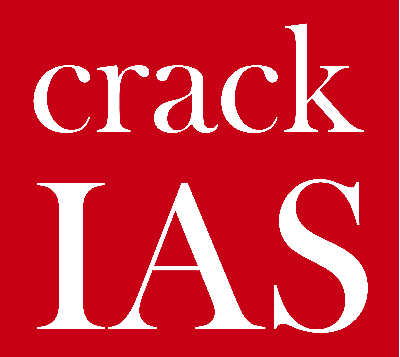
- Self-Study Guided Program o Notes o Tests o Videos o Action Plan

Projects have to receive approval from the Environment Ministry if forest land is used for construction.File Photo
A proposal by the Union Environment Ministry to “rank” and “incentivise” States on how quickly they could give environmental clearances to proposed infrastructure projects has drawn fire from environmentalists on the grounds that it contravenes basic principles of environmental regulation.
A note to States by the Union Environment Ministry on January 17 spells out seven criteria to rate State Environmental Impact Assessment Agencies (SEIAA) on “transparency, efficiency and accountability”. On a scale of seven, a SEIAA, for instance, gets two marks for granting a clearance in less than 80 days, one mark for within 105 days and no marks for more. If less than 10% of the projects for scrutiny prompted a site visit by committee members, to examine ground conditions, a SEIAA would get one mark. More than 20%, on the other hand, would be a demerit or zero marks. SEIAA with a score of seven or more would be rated ‘five star.’
‘Violative proposal’
The Legal Initiative for Forest on Environment (LIFE), a prominent environment organisation, described the proposal as “violative” of the Environment (Protection) Act. “A perusal of the criteria reveals that greater weightage is given for projects where due diligence is less....SEIAA members should sit in the confines of conference rooms and take decisions and earn high marks.... The process ensures that the aim will be to clear projects at the shortest possible time. The task of the SEIAA is undertake a ‘detailed scrutiny’ whereas this notification makes them rubber stamp authorities,” a statement noted.
Ministry officials told The Hindu that the ranking criteria was not intended to accelerate the speed with which clearances were accorded but to encourage the SEIAA to take quicker decisions on approving or rejecting a project, and adhere to timelines already specified by the provisions of the Act. “This system isn’t to reduce the time taken to decide on a project. If a SEIAA demands clarification, the time taken to respond won’t be deducted,” Leena Nandan, Secretary, Ministry of Environment and Forests, told The Hindu , “But SEIAA have been told earlier too that whatever clarifications they need must be compiled rather than repeatedly demanding them.”
Sujit Bajpayee, Joint Secretary, Environment Ministry, wrote in responses to The Hindu ’s queries that the SEIAA “had complete freedom” to complete all the necessary due diligence “without worrying about the time line” and that States would not be negatively marked for not meeting ranking criteria.
All proposed infrastructure projects above a certain size with a potential to significantly alter the natural environment must be first approved by an SEIAA, that consists of State officers and independent experts. Projects that are even bigger or involve forest land — called category A —– must be cleared by a committee of experts constituted by the Centre. SEIAA projects are category B and relatively smaller though they make up the bulk of projects that are presented for approval. ‘B’ category projects include the bulk of building and construction, small mining, and small industry projects and are considered to be ‘less polluting.’
Online process
The project appraisal process is an online process where aspirant companies must upload documents on a portal called Parivesh.
Kanchi Kohli, an expert on environment law and governance matters noted that the rating system “seriously limited SEIAA members from exercising their scientific, legal and administrative knowledge.” By stressing “quick and efficient clearance” the process undermined scientific rigour in the decision making process.